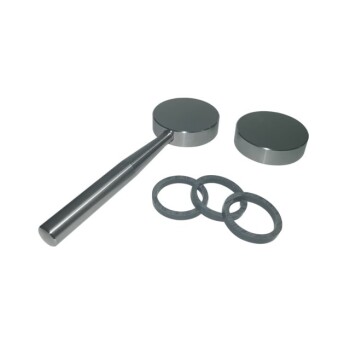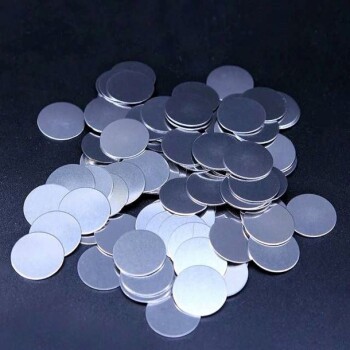XRF guns, or X-ray fluorescence analyzers, are generally safe when used correctly, but they do emit X-rays, which require strict adherence to radiation safety protocols. Proper handling, training, and compliance with local regulations are essential to minimize risks. Key safety measures include avoiding direct exposure to the X-ray beam, not holding samples during analysis, maintaining a safe distance from others, and using accessories like test stands. Radiation safety training for operators and proper storage of the device are also critical. While the radiation intensity is low, prolonged or improper use can pose health risks, making it vital to follow all safety guidelines diligently.
Key Points Explained:

-
XRF Guns Emit X-rays:
- XRF analyzers use X-rays to analyze materials, which means they emit radiation. While the intensity is low, improper handling can lead to unnecessary exposure.
- Radiation is invisible, so users must rely on safety protocols and indicators (e.g., main beam indicators) to ensure safe operation.
-
Radiation Safety Procedures Are Essential:
- Users must follow radiation safety guidelines to prevent exposure. This includes avoiding placing body parts in the beam path and ensuring no one is within 15 feet (4.57 meters) during operation.
- Local regulations often govern the use of XRF devices, so compliance with these rules is mandatory.
-
Avoid Holding Samples During Analysis:
- Holding a sample during analysis can expose hands to radiation, as X-rays can transmit through the sample. Using accessories like test stands is recommended to minimize direct contact.
-
Training and Awareness:
- Operators must receive radiation safety training to understand the risks and proper handling techniques. This ensures they are aware of the precautions needed to operate the device safely.
-
Use of Optional Accessories:
- Accessories such as test stands can significantly reduce the risk of exposure by keeping the analyzer and sample at a safe distance from the operator.
-
Storage and Handling:
- Proper storage of the XRF analyzer is crucial. Devices should be stored according to local requirements to prevent accidental exposure or damage.
-
Low Radiation Intensity but Potential Health Risks:
- While the radiation emitted by XRF analyzers is low, regular or improper exposure can still pose health risks over time. Strict adherence to safety protocols minimizes these risks.
-
Compliance with Local Regulations:
- Most states or regions have specific rules for using XRF devices. Users must understand and comply with these regulations to ensure safe and legal operation.
By following these guidelines, XRF guns can be used safely, minimizing risks to operators and others in the vicinity. Proper training, adherence to safety protocols, and compliance with regulations are key to ensuring the safe use of these powerful analytical tools.
Summary Table:
| Safety Measure | Description |
|---|---|
| Avoid Direct X-ray Exposure | Keep body parts out of the beam path and maintain a safe distance during use. |
| Use Accessories Like Test Stands | Minimize direct contact with samples during analysis. |
| Radiation Safety Training | Essential for operators to understand risks and proper handling techniques. |
| Proper Storage | Store devices according to local regulations to prevent accidental exposure. |
| Compliance with Local Laws | Follow state or regional regulations for safe and legal operation. |
Ensure safe and compliant use of XRF analyzers—contact our experts today for guidance and training!
























